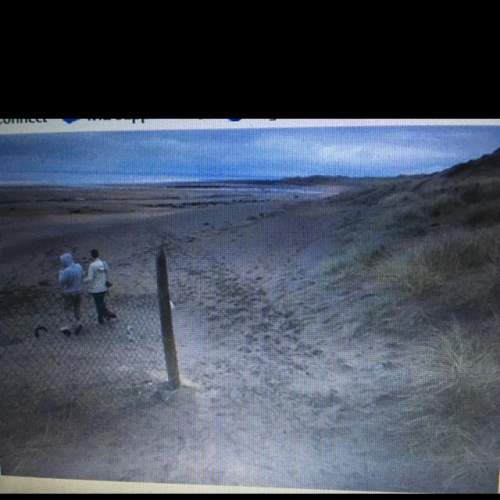
Biology, 16.03.2020 18:06, ameliaparry123p2eupk
As altitude increases, atmospheric pressure decreases. For instance, at 18,000 feet you would obtain 29% less oxygen than you would at sea level, which means that less oxygen is diffused into the blood from the lungs. This can lead to altitude sickness, or hypoxia as it is called.

Answers: 1
Other questions on the subject: Biology

Biology, 22.06.2019 07:30, makaylaspeaks4787
Anurse is preparing to administer ampicillin 500 mg in 50 ml of dextrose 5% in water (d5w) to infuse over 15 min. the drop factor of the manual iv tubing is 10 gtt/ml. the nurse should set the manual iv infusion to deliver how many gtt/min? (round the answer to the nearest whole number. use a leading zero if it applies. do not use a trailing zero.)
Answers: 1

Biology, 22.06.2019 13:30, iicekingmann
When the solution concentration on the outside of a cell is greater than thesolution concentrate on the inside of the cell, what type of solution is the cellwithin?
Answers: 1


Biology, 22.06.2019 19:20, Bradgarner772
What is the relative placement of the moon, earth and sun during a lunar eclipse? the sun, earth and moon are aligned with the earth in the middle and the moon furthest away from the sun. the moon and sun are aligned with the earth at right a right angle to the moon. the sun, earth and moon are aligned with the moon in the center and the earth furthest away from the sun. the earth and sun are aligned with the moon is at a right angle to earth. 2. choose the best explanation of a partial solar eclipse. during a new moon phase there is usually a partial but not total eclipse. the earth only partially covers the sun during the eclipse. the moon only partially covers the sun during the eclipse. the moon only partially covers the sun during the eclipse. the moon's phase is full and blocks out most but not all of the sun. 3. what are conditions necessary for a total solar eclipse? moon in perigee orbit, earth a direct line between sun and moon, moon in full moon phase moon in perigee orbit; moon moves a direct line between sun and earth; moon in full moon phase moon in perigee orbit; moon moves a direct line between sun and earth; moon in new moon phase moon in apogee orbit, moon moves a direct line between sun and earth; moon in new moon phase 4. what causes a partial lunar eclipse? only the penumbra of the earth passes across the moon creating a circular shadow. the earth's umbra fits inside the moon creating an illuminated ring known as a annular eclipse. a partial eclipse causes the moon to turn reddish from the refraction of the sun's ray through the earth atmosphere. the earth's umbra only cover a part of the moon causing a circular shadow to pass across it.
Answers: 1
Do you know the correct answer?
As altitude increases, atmospheric pressure decreases. For instance, at 18,000 feet you would obtain...
Questions in other subjects:


Biology, 03.08.2019 20:30

History, 03.08.2019 20:30


Mathematics, 03.08.2019 20:30

Mathematics, 03.08.2019 20:30


Mathematics, 03.08.2019 20:30

Biology, 03.08.2019 20:30

Biology, 03.08.2019 20:30







